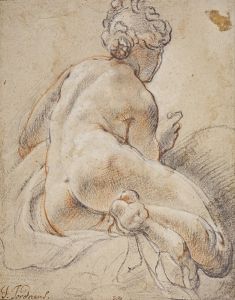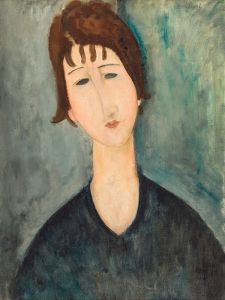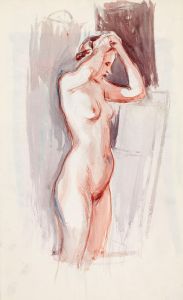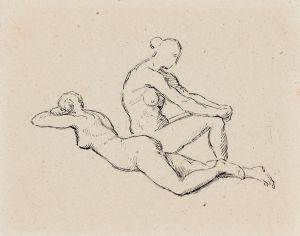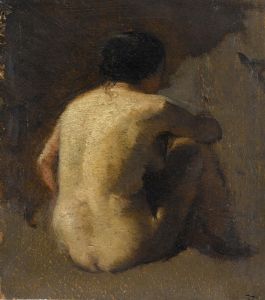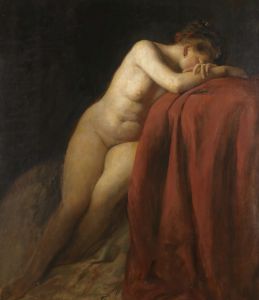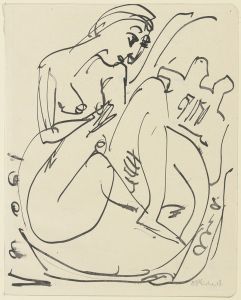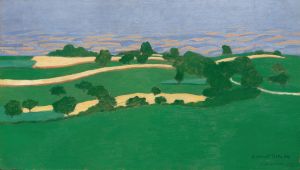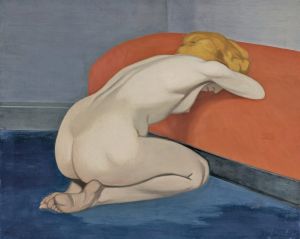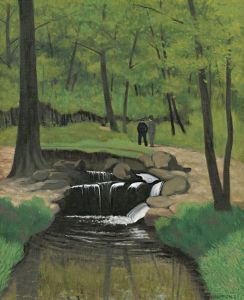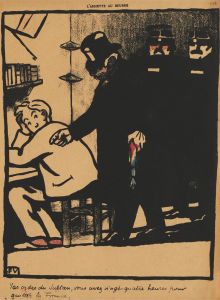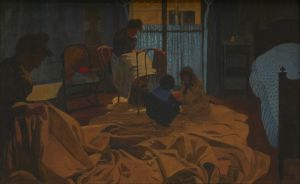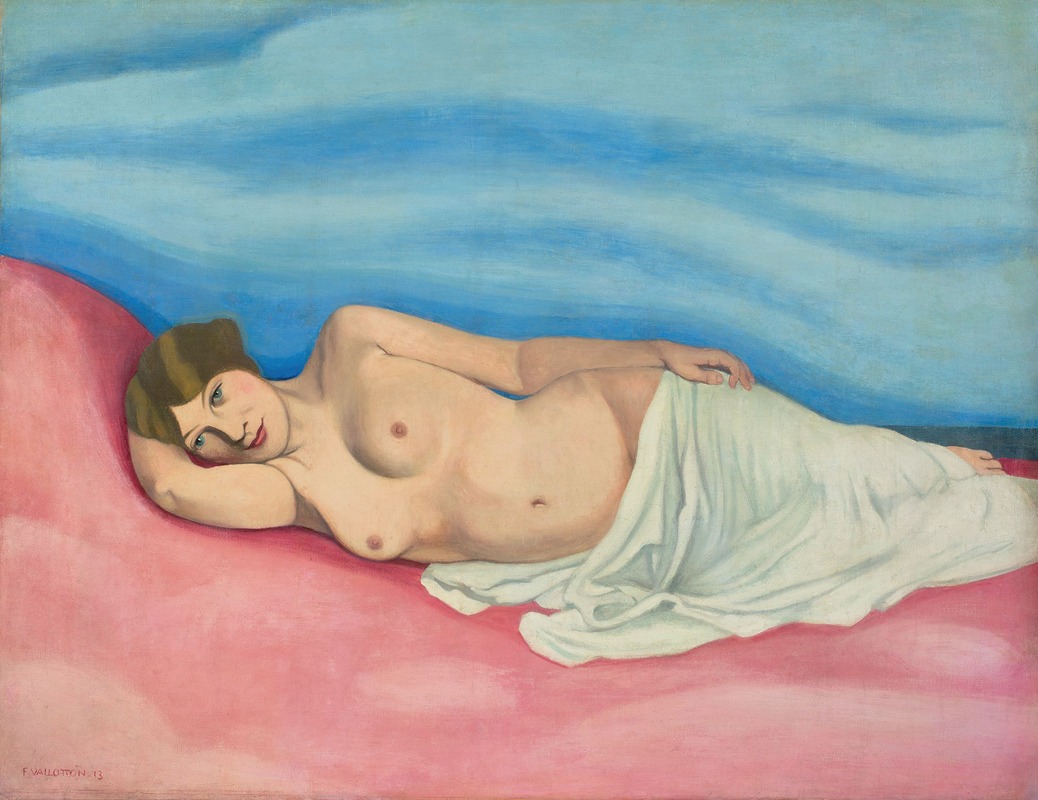
Femme couchée
A hand-painted replica of Félix Vallotton’s masterpiece Femme couchée, meticulously crafted by professional artists to capture the true essence of the original. Each piece is created with museum-quality canvas and rare mineral pigments, carefully painted by experienced artists with delicate brushstrokes and rich, layered colors to perfectly recreate the texture of the original artwork. Unlike machine-printed reproductions, this hand-painted version brings the painting to life, infused with the artist’s emotions and skill in every stroke. Whether for personal collection or home decoration, it instantly elevates the artistic atmosphere of any space.
Femme couchée (Reclining Woman) is a painting by the Swiss-French artist Félix Vallotton, created in 1917. Vallotton was a prominent member of the Nabis group, which was a post-Impressionist avant-garde movement that included artists like Pierre Bonnard and Édouard Vuillard. The Nabis were known for their emphasis on flat areas of color, bold outlines, and a decorative approach to composition, all of which can be seen in Vallotton's work.
Femme couchée depicts a woman lying on a bed or couch, rendered in Vallotton's distinctive style. The painting is characterized by its use of strong, flat colors and clear, defined lines, which create a sense of simplicity and directness. The woman's pose is relaxed, and she appears to be in a state of repose or contemplation. The background is minimalistic, focusing the viewer's attention on the figure and her immediate surroundings.
Vallotton's approach to the human figure often involved a degree of abstraction and stylization, which can be seen in Femme couchée. The artist's use of color is particularly notable; he often employed a limited palette to create a harmonious and balanced composition. In this painting, the colors are muted yet rich, contributing to the overall sense of calm and introspection.
Félix Vallotton was born in Lausanne, Switzerland, in 1865 and moved to Paris in 1882 to study art. He quickly became associated with the Nabis and developed a reputation for his woodcuts, which were influential in the revival of this medium in the late 19th and early 20th centuries. Vallotton's paintings, like his prints, often explore themes of intimacy, domesticity, and the human condition, frequently with an underlying sense of irony or detachment.
Femme couchée is a fine example of Vallotton's mature style, which combines elements of realism with a modernist sensibility. The painting reflects his interest in the psychological depth of his subjects, as well as his skill in creating compositions that are both visually striking and emotionally resonant. Vallotton's work has been exhibited widely, and he is considered an important figure in the transition from 19th-century academic art to the more experimental approaches of the 20th century.
The painting is part of the collection of the Kunsthaus Zürich, one of Switzerland's most important art museums. The Kunsthaus Zürich holds a significant number of Vallotton's works, reflecting his importance in Swiss art history. Femme couchée continues to be appreciated for its aesthetic qualities and its insight into Vallotton's unique artistic vision.
In summary, Femme couchée by Félix Vallotton is a notable work that exemplifies the artist's distinctive style and thematic concerns. Through its use of color, composition, and subject matter, the painting offers a glimpse into Vallotton's exploration of the human experience, rendered with both simplicity and depth.





